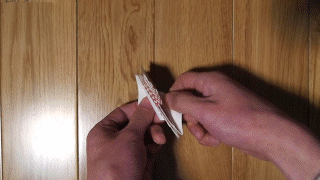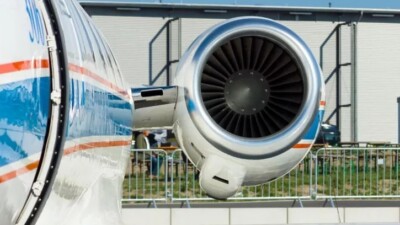University of Houston engineers take inspiration from origami in new design.
Is there any papyraceous art more inspiring for engineers than origami?
In the last decade alone, it’s provided inspirations for new construction methods, 3D designs, soft robots, novel structures, robotic grippers, and even microbots. Now, the latest example comes from the University of Houston, where researchers have developed a new class of ceramic structures that bend without breaking.
Given their inherent brittleness, ceramics are typically ill-suited for high-impact or adaptive applications. However, assistant professor of mechanical and aerospace engineering Maksud Rahman and postdoctoral fellow Md Shajedul Hoque Thakur have demonstrated that shapes modelled on origami patterns can yield tough, flexible ceramic structures when they’re combined with a soft polymer coating.
“Ceramics are incredibly useful — biocompatible, lightweight and durable in the right conditions—but they fail catastrophically,” said Rahman in a press release. “Our goal was to engineer that failure into something more graceful and safer.”
He and his team 3D printed a ceramic structure based on the Miura-ori origami pattern, a method of folding a flat surface into a small area via tessellation of the surface by parallelograms. By coating the structure with a stretchable, biocompatible polymer, they were able to create ceramics that can flex and recover in response to directional stresses.

They tested the structures under both static and cyclic compression in real world and computer simulation tests. The structures showed significantly greater toughness compared to conventional ceramics.
“The origami geometry gave us mechanical adaptability,” said Thakur in the same release. “And the polymer coating introduced just enough flexibility to prevent sudden breakage.”
The hope is that these new designs will enable the next generation of ceramic medical prosthetics, impact-resistant aerospace components and lightweight robotics.
The research is published in the journal Advanced Composites and Hybrid Materials.



